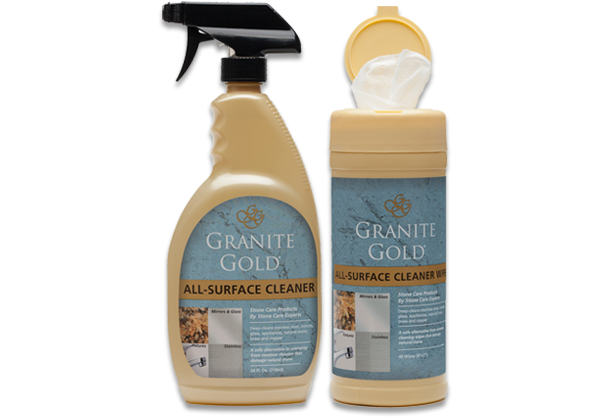Natural stone flooring and countertops comes in various shapes, sizes and looks. Based on their natural origins and traits, each type of stone is a different from each other and they each have their own unique properties. They have always been associated with taste, class and function. It is a matter of prestige to have the best kind of stone products that money can buy. They are durable, they look beautiful and if taken care of will look great for years.

Owning stone products do come with their fair share of baggage though. Stone products require proper care and maintenance. For the seasoned stone admirers stone care practices might be routine, but to new stone owners you can easily make some maintenance mistakes that can actually harm your stone floors and countertops. Giving proper consideration to to stone character and appropriate maintenance factors will go a long way in adding to the beauty and longevity of your stone.
Porosityof the Stone
Porosity is the quality of absorbing capacity of the stone. For instance, Granite has relatively low porosity as compared to softer a stones like Marble. Porosity factor of a stone determines how much danger the stone has from stains. During your purchase you should be aware about the stone’s porosity level. A high porosity stone will require more attention, more care and be more prone to stains.
Dust and Aerosols
Dust particles and aerial pollutants consist of microscopic mineral powders and residues that settle over stone surfaces. These pose a threat to your stone surfaces as these microscopic dust particles have a tendency to create minor abrasions and scratches to the surface, which, over a period of time, steals away the look and feel of your stone.
You can keep the floors covered under carpets to prevent dust from directly settling on the stone surface. You can also cover the counter tops and any other stone products with suitable cloth or plastic covers. This will improve the longevity and look of the stone in areas that are not being used or seen frequently.
Dirt and Stains
The key to avoiding a stain to your natural stone is pretty simple – clean it right away. You should avoid using harsh cleansers on your stone. Blotting up as much of the stain as you can is better than repeatedly wiping the stain. Instead just dab at the stain until it is gone.
With the remaining fading stain hue that is left after dabbing up most of it, you can use a gentle soft dish cleaning detergent or gel to rub off the color. For stubborn stains that have set in, you can make a poultice by mixing baking soda and acetone to the consistency of pancake batter, applying it to the stain, letting it sit overnight and then lift it off of the stain. You should see immediate results and you can repeat this process a few times. You should seal the surface after you are done working on the stain.
Stone Sealing
Usually, when you install stone product or recieve stone services from knowledgeable service providers, then you would notice that the technician reinforces the surface with an application of stone sealer. Stone sealers are transparent protective residues which protect the stone surface from harm or damage.
As time passes and with normal wear and tear from daily use, these sealers get worn off. It is advised to seal your stone a few times a year with normal wear and tear. More rigorous use requires more frequent re-sealing. Buying a quality DIY sealer can save you money and is a lot more convenient than waiting on a professional to fit you in their schedule a few times a year.
Always remember, that prevention is better than cure; or in this case, repair. If you keep these factors in mind while purchasing or maintaining your stone products, then rest assured that all of your natural stone surfaces will stay new and shine brilliantly for many many years.
